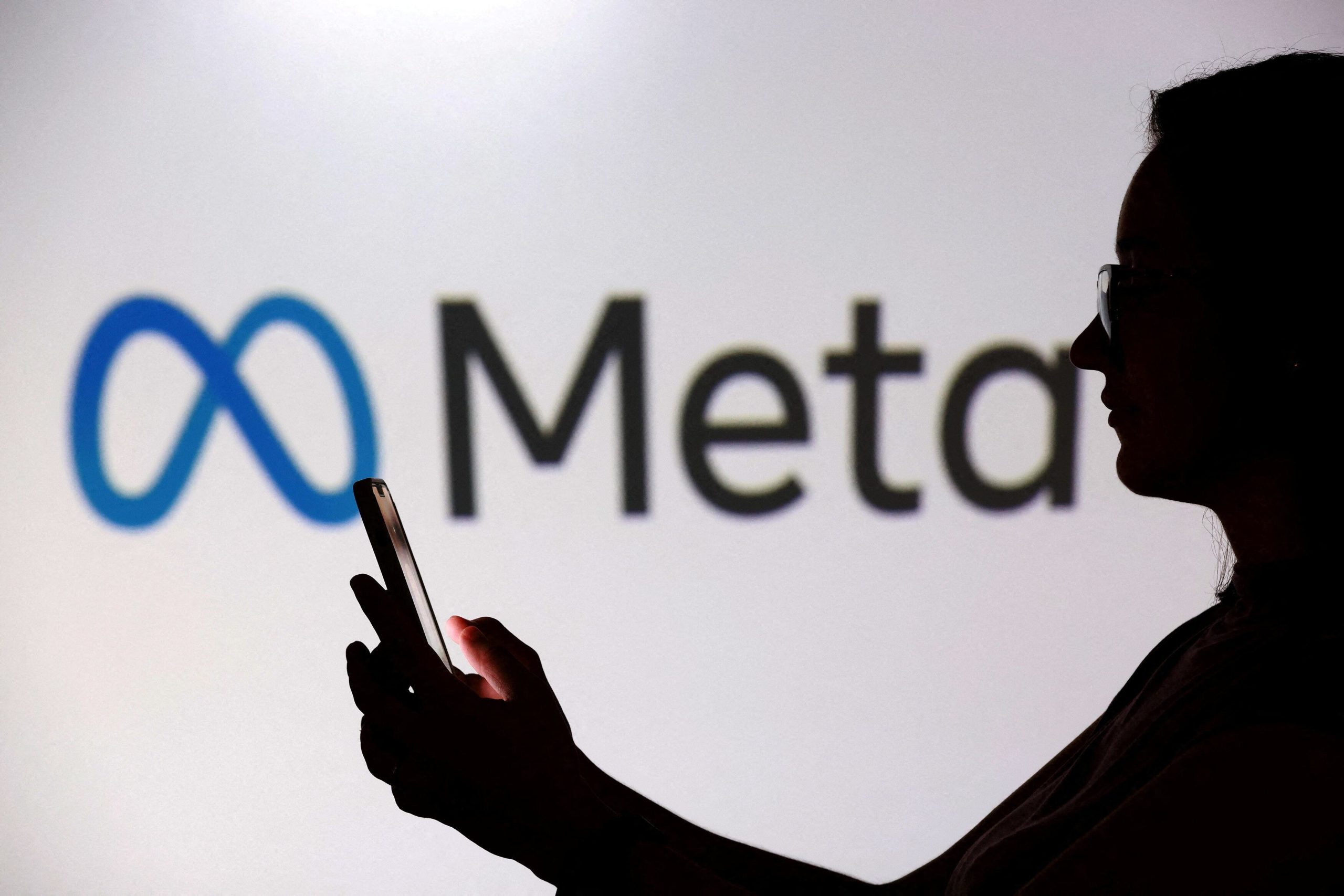U.S. Tech Giants Continue Aggressive AI Investments
As the global conversation around artificial intelligence (AI) continues to evolve, major U.S. technology companies are maintaining their focus on expanding AI capabilities. Despite concerns about an AI “bubble,” these firms are pouring significant resources into the development of AI infrastructure, particularly in data centers and related technologies.
Meta, one of the leading players in the tech industry, has made a substantial commitment to the U.S. AI sector. The company announced that it will invest $60 billion (approximately 880 trillion Korean won) over the next three years. This investment was initially pledged by Meta’s CEO, Mark Zuckerberg, during a meeting with former U.S. President Donald Trump at the White House in September of last year.
The investment is aimed at strengthening power and energy systems, as well as community infrastructure, that support AI data centers. Meta emphasized its goal of building industry-leading AI data centers within the United States. According to the company, these facilities not only power AI operations but also contribute to economic growth and support jobs and businesses nationwide.
In addition to direct investments, Meta has reported that hundreds of millions of dollars have been allocated to establish or improve power grids. The company has also added 15 gigawatts (GW) of new power to the grid, signaling a major shift in how energy is managed for AI operations.
OpenAI Seeks Policy Support for AI Expansion
Another key player in the AI space, OpenAI, is also making significant moves. The company is constructing large-scale AI data centers with an investment of up to $50 billion. To support this expansion, OpenAI has requested the White House to expand tax credits for AI infrastructure.
Chris Lehane, OpenAI’s global head of public policy, reportedly sent an official letter to Michael Kratsios, Director of the White House Office of Science and Technology Policy, on the 27th of last month. In the letter, OpenAI argued that the scope of investment tax credits under the U.S. CHIPS Act should be broadened to include the entire supply chain related to AI infrastructure, not just semiconductor manufacturing.
The CHIPS Act, which was enacted in 2022, currently provides a 25% investment tax credit for semiconductor manufacturing facilities in the U.S. Since July of last year, under the “One Big Beautiful Bill Act” (OBBBA), the tax credit rate has increased to a maximum of 35%. OpenAI is advocating for similar incentives to be extended to other sectors critical to AI development.
Broader Implications for the AI Industry
These developments highlight the growing importance of government support and private investment in shaping the future of AI. As companies like Meta and OpenAI continue to push the boundaries of what is possible with AI, they are also influencing policy decisions that could determine the trajectory of the industry.
The expansion of tax credits and infrastructure investments may play a crucial role in ensuring that the U.S. remains competitive in the global AI landscape. By supporting the development of AI data centers and related technologies, these initiatives could help drive innovation, create jobs, and stimulate economic growth.
Moreover, the collaboration between private companies and government agencies suggests a strategic approach to addressing the challenges and opportunities presented by AI. As the technology continues to advance, it will be essential to maintain a balance between fostering innovation and ensuring responsible use.
Future Outlook
With continued investment from major tech firms and increasing policy support, the U.S. AI sector is poised for significant growth. However, the long-term success of these efforts will depend on a range of factors, including technological advancements, regulatory frameworks, and global competition.
As the AI landscape evolves, it will be important to monitor how these developments unfold and what impact they have on the broader economy and society. The coming years will likely see further investment, policy changes, and innovations that shape the future of artificial intelligence.
